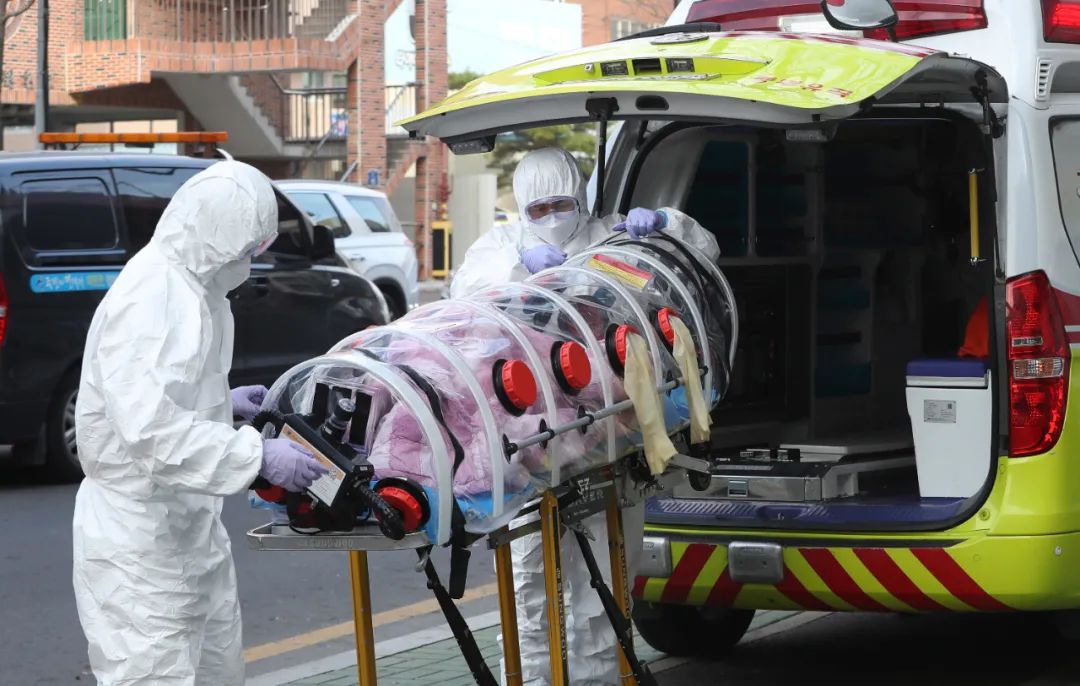December 11th, local time, as California’s COVID-19 cases continue to surge at record levels, California’s Sonoma County issued a stay-at-home quarantine order.
Meanwhile, Fresno City Council declared a state of emergency in Fresno County due to the lack of intensive care beds and medical personnel. Sonoma County health official Sandari Maas said in a statement on the 10th that given the “drast increase in cases and hospitalizations in recent days”, the stay-at-home order in Sonoma County will take effect at 00:00 a.m.
Western time on the 12th until January 9, 2021. Stay-at-home orders require residents to stay at home, but work, shopping, or other important activities (such as medical services) are allowed.
All business units must be closed except retail and basic business.
Outdoor sports are allowed.
The statement said that due to the large number of gatherings on Halloween and Thanksgiving, the number of confirmed cases of COVID-19 in Sonoma County has doubled in recent days, the positive rate has climbed to 6.6%, and the number of people in hospitalizations has reached record levels.
Also on the 10th, Fresno City Council issued a declaration declaring a state of emergency in Fresno County. Fresno County has 274 intensive care beds, which are “currently full,” and that “the area continues to surge in COVID-19 cases and no relief is seen,” the statement warned. Fresno City Council has applied to California Gov.
Gavin Newsom for assistance to increase intensive care beds and medical personnel in the San Joaquin Valley area where Fresno County is located.
California is reported to be divided into five districts, and by regulations, when the available bed capacity in any area intensive care unit drops below 15%, it will trigger a regional stay-at-home order.
According to the California Department of Public Health’s tweet on the 10th, the capacity of intensive care units in each region as of December 9 is as follows: Bay Area – 17.8%, Greater Sacramento Region – 13 .3%, Northern California – 30.3%, San Joaquin Valley – 1.9%, Southern California – 7.7%.



